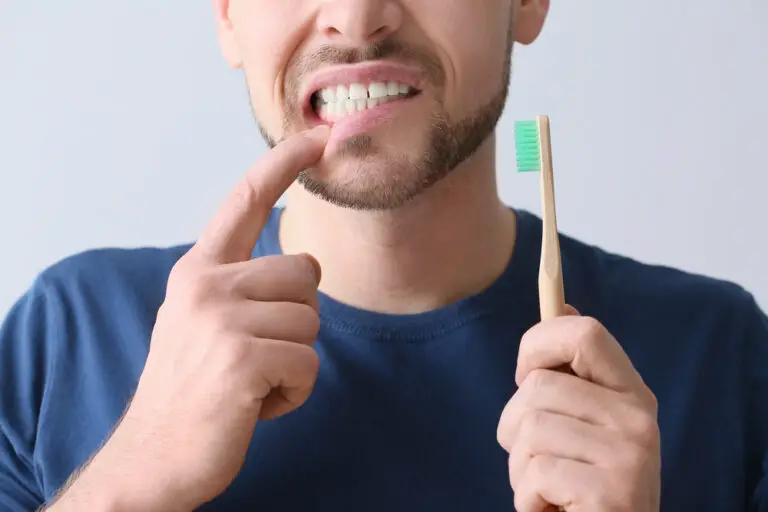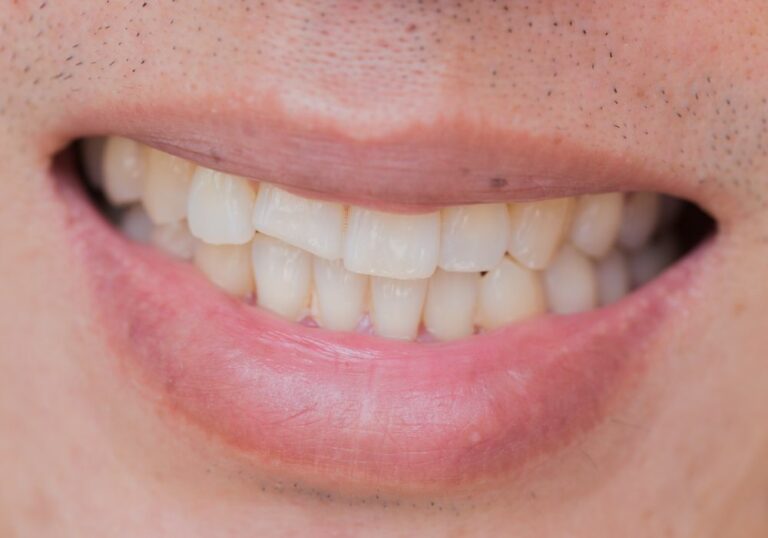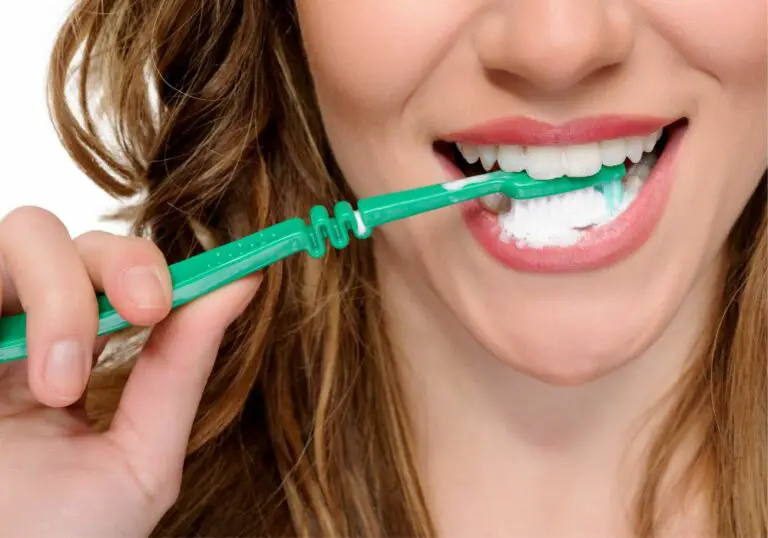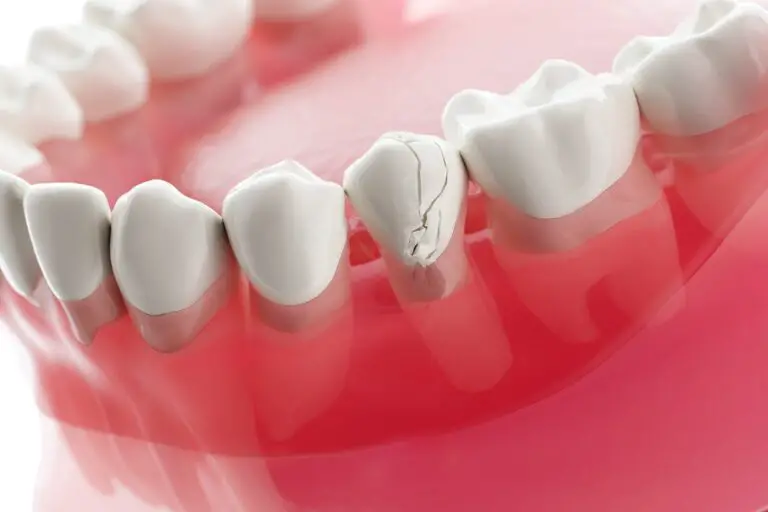Brushing your teeth is an essential part of any good oral hygiene routine. But could using too much toothpaste actually damage your teeth? Let’s take a look at the evidence.
Toothpaste ingredients and purpose
1. Active ingredients
Toothpaste contains several active ingredients that help clean and protect teeth:
- Fluoride – This mineral helps prevent cavities by strengthening tooth enamel. Most toothpastes contain fluoride.
- Abrasives – These scrubbing agents, such as silica or calcium carbonate, help remove plaque and surface stains from teeth.
- Detergents – Detergents like sodium lauryl sulfate (SLS) make the toothpaste foam. They help dislodge food debris and plaque.
- Antimicrobials – Ingredients like triclosan, cetylpyridinium chloride (CPC) or stannous fluoride have antibacterial effects to reduce plaque and gingivitis.
2. Flavoring and sweeteners
Toothpaste also contains flavoring and sweetening agents to make brushing more pleasant. Common ingredients include:
- Saccharin – An artificial sweetener that enhances taste
- Sodium cyclamate – Another non-nutritive sweetener
- Sodium saccharin – Often combined with sodium cyclamate in sweetener blends
- Sorbitol – A sugar alcohol that sweetens toothpaste
- Peppermint oils – Added for refreshing flavor and odor
- Sodium lauryl sulfate – Produces a foaming effect as well as a slight soapy taste
Is there such a thing as too much toothpaste?
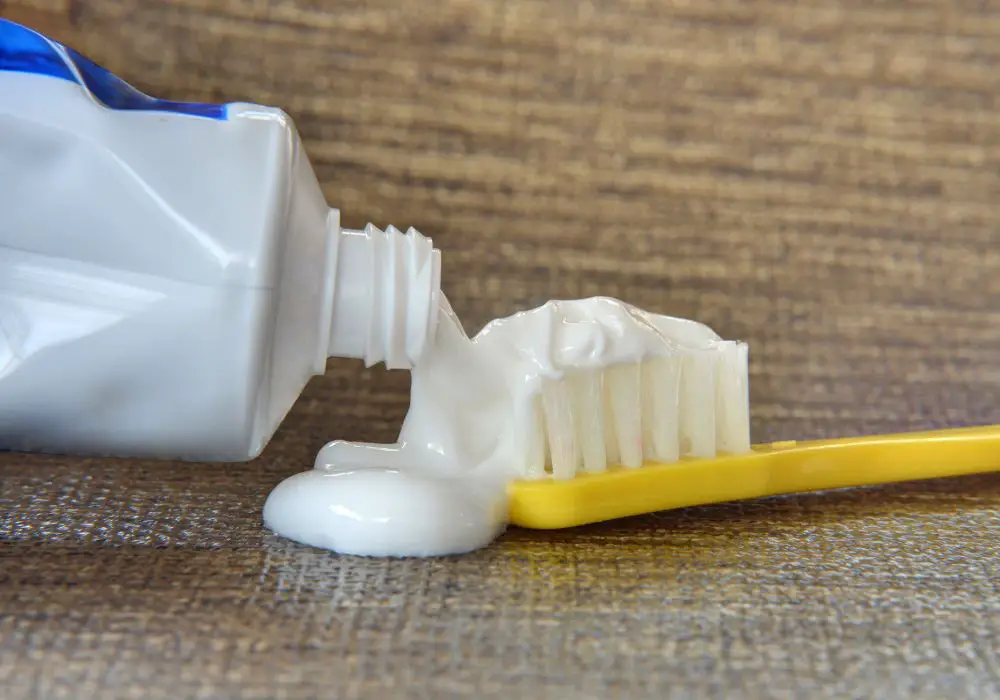
Dentists generally recommend using a pea-sized amount of toothpaste on your toothbrush for adequate cleaning. Using more than this is unlikely to provide extra benefits.
The ADA suggests parents supervise children under 3 and use only a smear of toothpaste. For kids 3-6, a pea-sized amount is recommended.
So using too much toothpaste is possible, especially if you go well over a pea-sized dollop. But what are the potential risks if you use too much?
Potential problems with excessive toothpaste use
Fluorosis
Fluoride is a key ingredient in toothpaste, but getting too much could increase the risk of dental fluorosis. This condition causes white specks or streaks to form on teeth.
Fluorosis generally only occurs in children under 8 while teeth are still developing under the gums. In mild forms, the markings are barely noticeable. More severe fluorosis can result in brown staining and pitting.
While fluorosis is primarily linked to excessive fluoride intake from water, toothpaste ingestion may play a role. Young kids who use too much toothpaste and swallow some of it take in extra fluoride.
To avoid fluorosis, follow dosage guidelines and supervise brushing. Also use a small smear until age 3.
Gastrointestinal issues
Swallowing large amounts of toothpaste, especially by small children, may cause GI upset. Toothpaste ingredients like detergents and flavorings can irritate the digestive tract.
Excess fluoride can also cause nausea and vomiting when ingested. GI effects are usually temporary but warrant monitoring your child and contacting a poison control center if significant vomiting or diarrhea occurs.
Damage to tooth enamel
Could too much toothpaste abrade or scratch tooth enamel? In theory, excess abrasive agents like silica could wear away at the enamel surface.
However, research suggests brushing force plays a bigger role than paste quantity when it comes to enamel abrasion. Brushing too hard is more likely to damage enamel than a double dose of toothpaste alone.
Nonetheless, using an excessive amount of abrasive whitening toothpaste may increase abrasion risk. Moderation is key.
Tips for proper toothpaste use
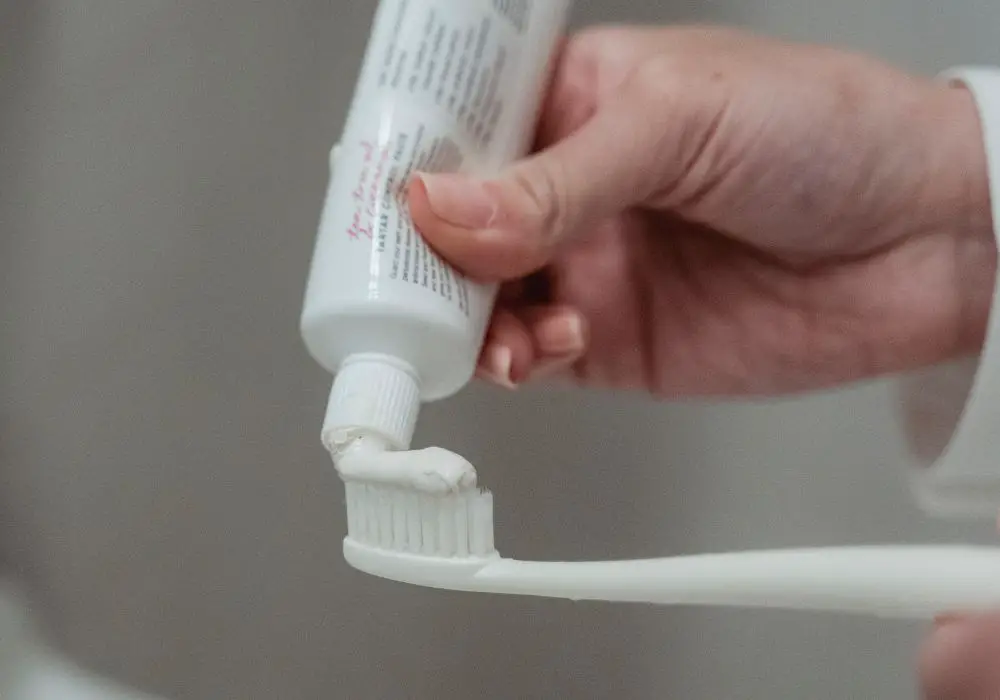
Here are some tips for getting the most from your toothpaste without overdoing it:
- Use a pea-sized amount – This applies to both kids and adults. It’s enough for adequate cleaning.
- Don’t swallow – Spit out excess paste instead of ingesting. This lowers any risk from ingredients.
- Supervise brushing – Watching kids brush will prevent them from using too much paste or swallowing it.
- Clean toothbrush – Change toothbrushes regularly and rinse thoroughly after use. This prevents lingering paste or bacteria buildup.
- Follow label instructions – Check the directions to ensure proper use. Some whitening pastes may have special guidelines.
- Don’t use too much pressure – A soft brushing motion is best for removing plaque without damaging enamel.
The bottom line
Overall, moderate toothpaste use is ideal for both safety and efficacy. While swallowing a bit of excess paste won’t harm most healthy adults, children are more prone to adverse effects.
Sticking close to a pea-size amount is a good rule of thumb for everyone. Supervise young kids, teach proper brushing technique, and your oral hygiene routine will be safe as well as effective.
Frequently Asked Questions
1. Can I brush with just water instead of toothpaste?
Brushing without any toothpaste is less effective at plaque removal and cavity prevention than using a fluoride toothpaste. The abrasives and therapeutic ingredients in paste provide enhanced cleaning. Water alone cannot substitute for toothpaste.
2. What happens if a child swallows too much toothpaste?
If a small child consumes more than a pea-sized amount of toothpaste, it likely won’t cause major issues. But swallowing several mouthsful may irritate the digestive tract or temporarily cause nausea or diarrhea. Contact your doctor or a poison control center if vomiting is severe.
3. Does whitening toothpaste damage enamel?
Whitening pastes use additional polishing agents for stain removal. Using too much could potentially weaken enamel over time. But when used as directed, most do not significantly damage enamel. Moderate use is fine for most healthy teeth. Those with prior enamel defects should consult a dentist first.
4. How often should I replace my toothpaste?
Toothpaste expires after 12-18 months of opening. Old paste loses potency as the fluoride degrades over time. For best results, buy smaller tubes and replace at least yearly. Also immediately toss paste that smells off or looks discolored.
5. What is the ideal amount of toothpaste for an adult?
Dentists recommend using around a pea-sized dollop – about a half inch – of toothpaste for adults. Using a very large amount does not improve cleaning. A pea-sized amount has the ideal concentration of fluoride and abrasives for plaque removal and cavity prevention. Simply adjust based on your brush or teeth size.

